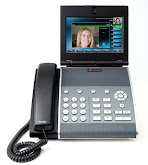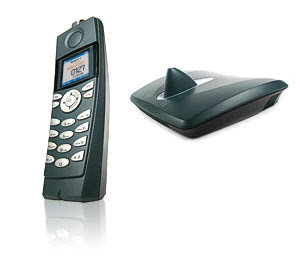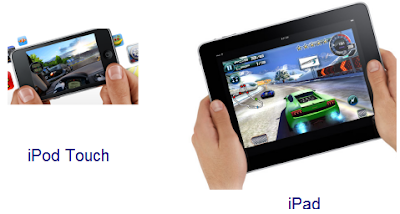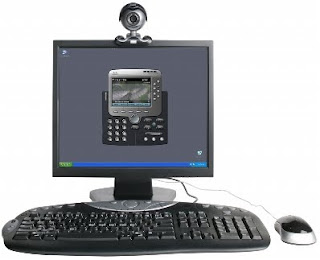
Are you a VoIP user? Are you a gadget hound as well? If so, then we’ve got the list for you. The following twenty-five VoIP gadgets for the VoIP fanatic cover the realm of phones, headsets, Web cams and more. But, they’re not your ordinary phones, headsets and Web cams. Oh, no — they’re designed for someone like you, because they’re one-of-a-kind accessories that will heighten all your VoIP experiences.
All but one of the gadgets listed below were introduced during 2007-2008, and a few won’t hit the market until the end of this year. We read all the reviews as well, so you won’t find any questionable products here. And, surprisingly, many products are within an average budget. Since you’re going to save money with a VoIP service anyway, it’s about time to treat yourself.
# A4Tech Internet Phone Keyboard: Make free phone calls with this Internet phone attached to the right side of a 19.6″ x 8.2″ x .6″ high keyboard that weighs all total a mere 1.906 pounds. Experience simple plug-and-play (USB or PS/2) for any Windows user, but you may need to download the driver from the site. Enjoy a patented ergo A-shape layout that prevents Repetitive Strain Injury (RSI) from your wrists and arms. Center “A-Type” keys match the ways your fingers naturally move and provide maximum comfort while typing. The slim style reduces typing noise, so your mom won’t pick up that you’re doing something else while you’re talking with her on the VoIP line.
ARIO Q-bean: The LTB ARIO Q-bean system creates a wireless link to personal computers. The built in microphone enables a user to take advantage of VoIP, speech recognition and speech-to-text features. The dedicated wireless technology uses a unique adaptive frequency system that virtually avoids conflicts with cordless phones, Bluetooth devices, WiFi routers and even Microwave ovens. The ARIO wireless technology is similar to Bluetooth in that it uses a secure pairing synchronization to secure the connection. From that point the Bluetooth similarities are over. The ARIO technology provides a robust digital non-compressed signal that has a range of up to 100 feet and can provide zero latency voice communication, some things Bluetooth has failed to do.


























